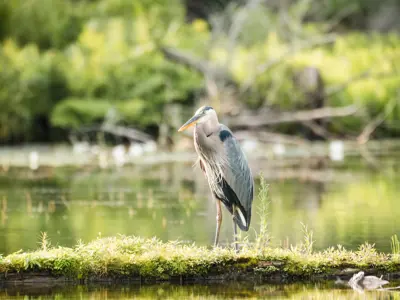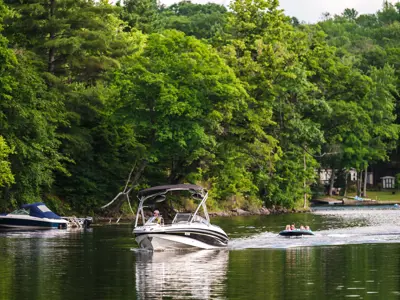You can find out more about lake health from these key resources:
- Cataraqui Conservation Lake Health dashboard
- Quinte Conservation
- Rideau Valley Conservation Authority
- KFL&A Public Health Unit: monitors the water quality at municipal beaches for the Township and provides other information on topics like blue-green algae
- Love your Lake: shoreline evaluation program developed by Watersheds Canada and the Canadian Wildlife Federation









